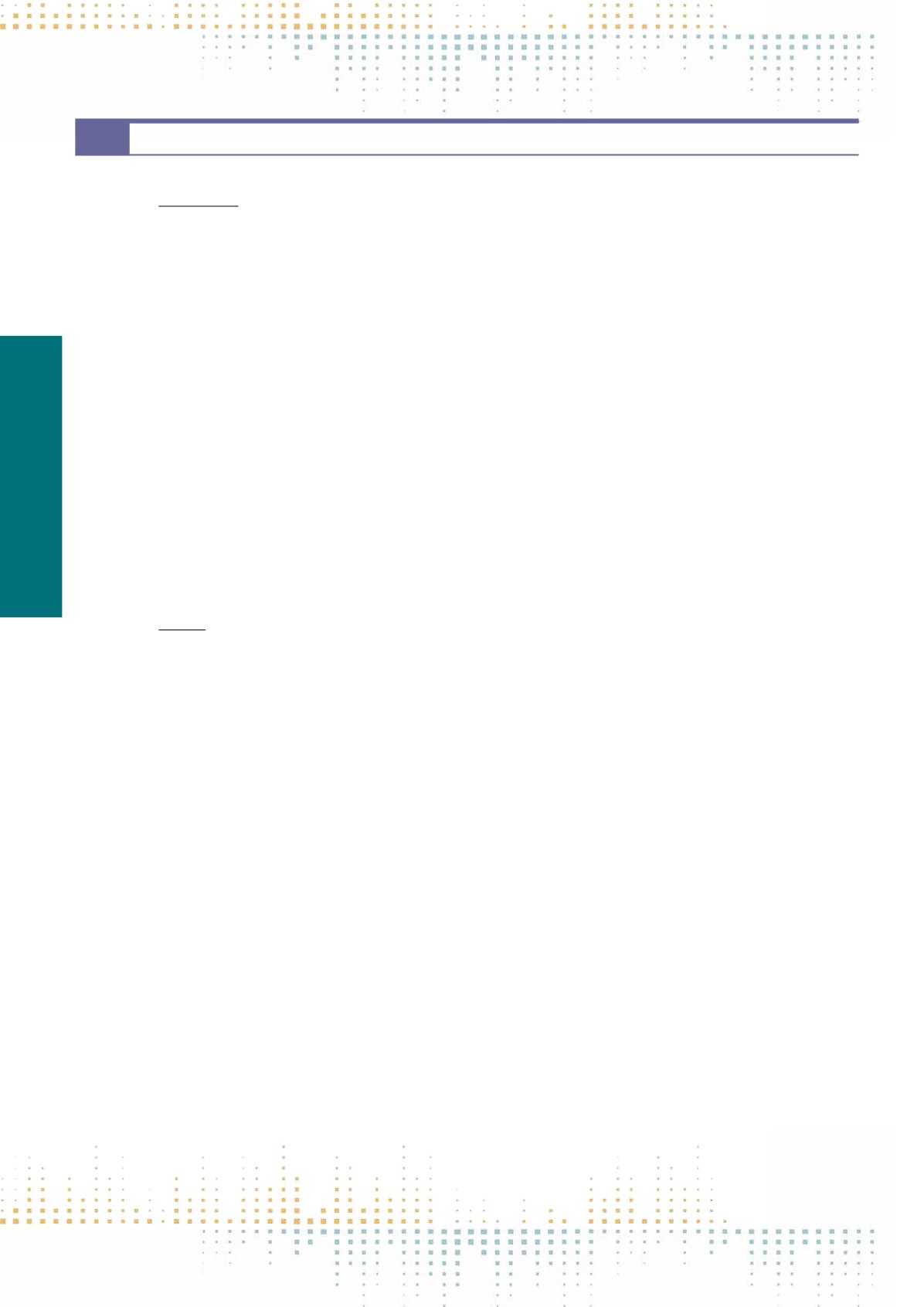

558
Friday, November 11
1 8 : 0 0 – 1 9 : 3 0
RAR03
Technologies and Continued Convergence
PP 456
Good Practices for Radio Stations Using Snapchat
S. Herrera Damas
1
, J. Burguera Ruiz
2
1
Universidad Carlos III de Madrid, Journalism and Audiovisual Communication, Getafe, Spain
2
Rock FM, Madrid, Spain
Born in September 2011, Snapchat is the new social phenomenon that triumphs among the younger people. According to the last statistics, 60% of the us‑
ers who daily use Snapchat generate content every day, the service has more than 5 billion video views daily and more than 100 million active users per
day. Facebook tried to buy it for 3000 million and still failed. Snapchat allows to share pictures, videos and text in a quick, ephemeral and imperfect manner
because, since it is temporary, it doesn’t present the obsession with perfection that can be found in another tools like Instagram, for instance. Thus, Snap‑
chat is used primarily to portray aspects of everyday life that are not relevant enough to remain permanently in the web. Brands are also using Snapchat
for different purposes. A first factor that could explain the success of this network, especially among young people, is the fact that their parents are in
Facebook. Young audience will always have the need to differentiate and reassert, something that is hard to find when they share space and practices with
their parents and grandparents. In addition, the visual web is a growing phenomenon. Young audiences prefer visual, and the acquisition of Instagram ($
1,000 million) and Tumblr ($ 1,100 million) show this trend. This tendency is also confirmed by the great success of Vine and video for Instagram. The fact
of combining the visual phenomenon with a messaging tool is interesting. Another factor to explain Snapchat’s success is the so-called digital 'carpe diem”
that leads not only to accept that time flies but also that its memories (in forms of pictures, texts, videos….) are something that we should enjoy just in
the moment. In addition, the achievement of this "network of moments" can also be explained because privacy in the web has become a very serious
matter in the last few years. In this context, the aim of this contribution is to offer a collection of good practices for radio stations willing to take advantage
of the potential that Snapchat provides. We start from the idea that it is desirable for radio to be in this new space where many young people "live" as
a way of approaching the medium to the younger ones and also of showing, once again, the great capacity of radio when adapting to new circumstances.
To illustrate it, we will use the benchmarking approach technique in order to observe and systematize in 10 good practices how some of the world's most
prestigious broadcasters are in Snapchat. Although we will mainly focus on talk radio stations, we will also take a look to music radio stations and also to
other leading media around the world.
PP 457
Sports Radio in Spain: Content Production and Promotion at Radio Marca in the Context of Media Convergence
A. Muerza
1
1
University of Navarra, Journalism Projects Department, Pamplona, Spain
The process of media convergence stemming from the implementation of new digital technologies has prompted changes in news-production practices,
content distribution and business models, among other concerns (Salaverría, Negredo & Piqué, 2008: 48). Such convergence has impacted communica‑
tions corporations that structure a range of supports around a single brand in a number of ways: the polyvalent functionality, subject-related and media
competences of journalists (professional convergence); multiplatform content distribution (technological and content convergence); and the concentration
of production processes (business convergence) (Salaverría, 2010) At the moment, only one communications company encompasses a radio station, printed
newspaper and cybermedia outlet within a single brand: Radio Marca, marca.com and Diario Marca, which belong to the Unidad Editorial group. All three
outlets lead audience ratings for sports journalism in their respective sectors (AIMC, 2015). Each platform operates independently of the others. The news
production strategies on each platform are separate from one another. Nevertheless, a single newsroom structure fosters the exchange of news-stories,
interaction among journalists working for the three different outlets and collaborative approaches across the three platforms. This paper comprises prelim‑
inary results from a participant-observation study carried out in the newsroom, undertaken between 23 November and 6 December 2015 at the Unidad
Editorial’s main base of operations in Madrid. Over the course of two weeks, the author observed over 100 work-hours in the newsroom. In addition, the 14
issues of Diario Marca published in that time-frame, 14 web-captures of complete web content posted on marca.com, and over 150 hours of programming
broadcast on Radio Marca were likewise saved for subsequent analysis. The author also attended newsroom meetings and engaged in informal interviews
with producers, editors-in-chief and other editors. Based on the information and data obtained from analyzing the news-stories, the issues raised and ob‑
served at production teammeetings, and the interviews with producers and editors, the purpose of this paper is to examine the news-information strategy
of the radio station in relation to multiplatform news production, publication and promotion, the work routines of media professionals at Radio Marca, and
the information flow between the three sports news platforms. This ethnographic analysis is part of the author’s doctoral research. A further observation
phase is planned for May 2016, the results of which will also be included in this paper. AIMC (2015). Resumen General EGM Febrero a Noviembre 2015 Sala‑
verría, R. (2010). Concepto de convergencia periodística. In López, X. & Pereira, X.: Convergencia digital: reconfiguración de los medios de comunicación en
España. Santiago de Compostela: Servizio de Publicacións e Intercambio Científico, Universidade de Santiago de Compostela, 2010. Salaverría, R., Negredo,
S., & Piqué, A. M. (2008). Periodismo integrado: convergencia de medios y reorganización de redacciones. Barcelona : Sol 90, 2008.



















